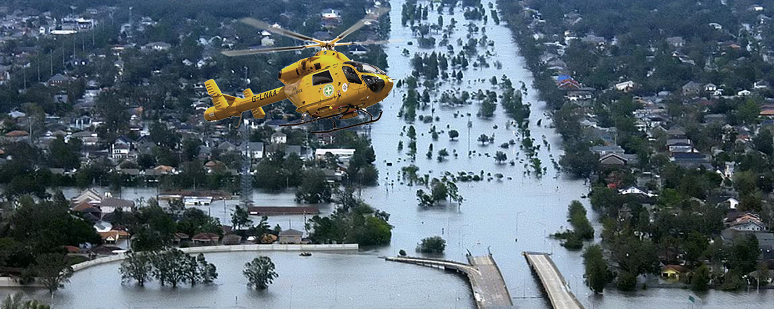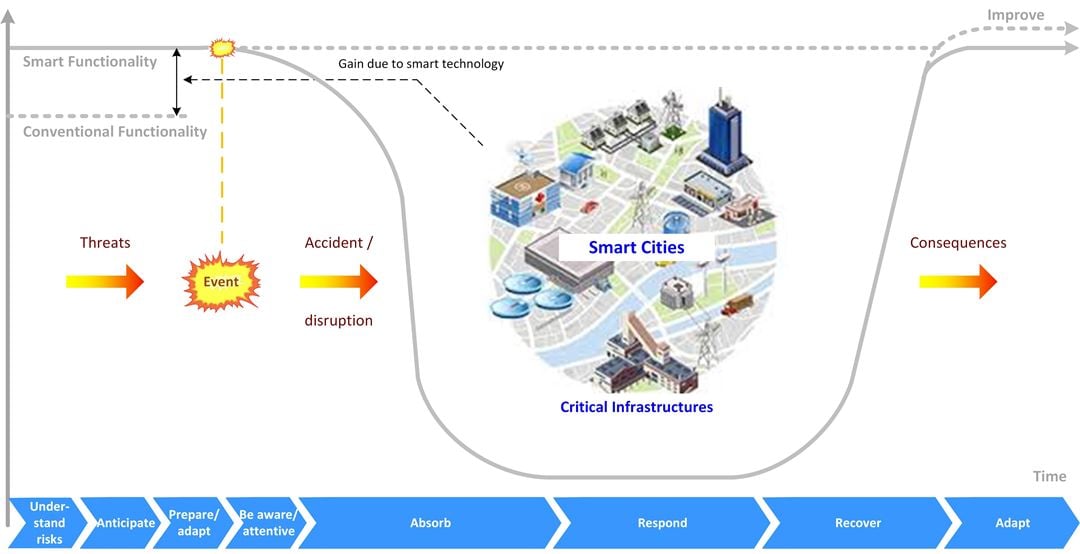The smart society needs a system of resilience management going beyond conventional risk management, in order to address the complexities of large integrated systems and the uncertainty of future threats. The tolerance for disruption in critical societal functions like energy supply, water supply, transport and communication is ever decreasing. This means that we need to make critical infrastructures more resilient. This means creating new and smart solutions able to prevent disruption, deal effectively with the disruptions that do occur, minimizing the time from breakdown to full recovery, as well as improving the ability to learn from future mistakes.
The project aims to provide an innovative "holistic" methodology for assessing resilience in critical infrastructures (energy grids, transportation, government, water, etc.)
SINTEF is a key partner in the EU Horizon 2020 project and work package leader for developing an indicator-based methodology for assessing, predicting & monitoring the resilience of safety critical infrastructures.
Read more about the project: www.smartresilience.eu-vri.eu/.

